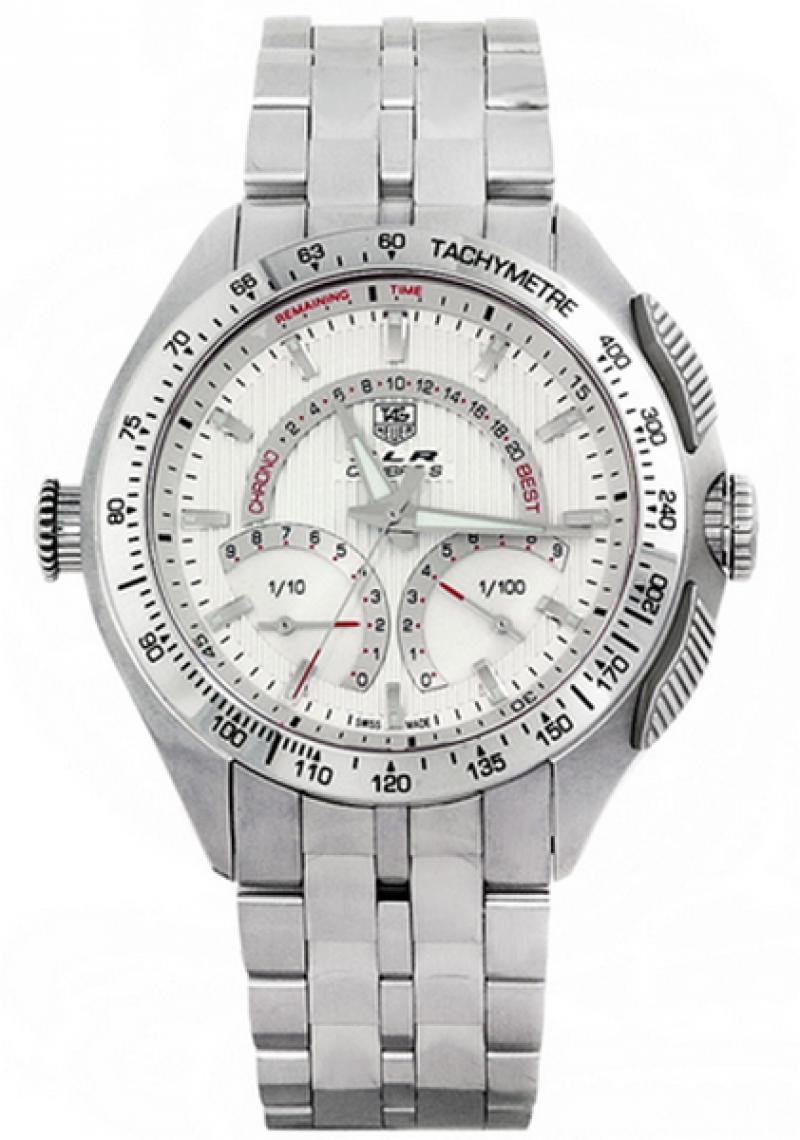
25643 with automatic calibre 2870, the first serially produced automatic tourbillon watch and today still the thinnest tourbillon watch ever. In 1986, Audemars Piguet developed the ref. While the quartz crisis was still decimating the Swiss watch industry, the race for thinness didn’t stop. In doing so, they created one of the worlds smallest and lightest tourbillon movements.(Credit: Christie’s) 25643BA.OO.A003XX.01 In 1986, Audemars Piguet launched the worlds first automatic tourbillon wristwatch. AUDEMARS PIGUET, AUTOMATIC TOURBILLON, REF. This record thinness was possible primarily by using the caseback of the watch as the main plate for the movement – a construction later used by Swatch for its landmark 1983 plastic watch, and more recently by Piaget. By that point, the watches were “paper thin”. The pinnacle was the Delirium IV, which ended the battle with Japanese watchmakers also producing slim watch watches, that was just 0.98mm case and all. Subsequently, a Delirium 2 was released, which was even thinner at 1.5mm. It was at the time the thinnest watch ever made (and it is still today one of the very thinnest watches), at 1.98mm thick, thanks to a specially developed quartz ETA movement. The quintessential ultra-thin quartz watch of the era was certainly the Concord Delirium, created in 1979. The latter later produced evolutions of the Jean Lassale movements for Piaget (under the name Lemania 12), and also to various other brands such as Vacheron Constantin (under the name Calibre 11).Īt the same time, the rapid development of quartz technology in the same decade gave boost to the ultra-thin watches, with no more complex mechanical movements but electronics instead, which allowed the watches to go even thinner. Jean Lassalle as a brand was later sold to Seiko, while the technical documents and the patents for the movements were by Lemania. The Lassale movements, which proved unreliable and extremely fragile (uncasing them for servicing was next to impossible), were produced from 1976 to 1979. An automatic version, the calibre Jean Lassale 2000, was later developed, measuring 2.08mm thick. To achieve such thinness, Lassale removed the top bridges (leaving the parts attached only on one side on the main-plate), and instead use ball bearings for the bearings (14 of them, each using 0.20 mm balls). A prominent rival was Jean Lassalle, a Swiss company that designed the Calibre 1200, certainly the thinnest mechanical watch movement ever, with a 1.2mm record-setting height. Yet, Piaget was not the only one playing the ultra-thin field by the 1970s. These two movements, 9P and 12P, set the tone for the decades to come and gave Piaget the reputation for extra-thin watchmaking it still retains today. While automatic watches usually relied on a centrally mounted oscillating weight, the rotor in the 12P was much smaller and integrated into the bridge work, shaving off the few millimetres required for a central rotor. The calibre 12P, which measured 2.30mm, was developed around what was then a relatively recent concept: the micro-rotor. Right: Automatic Piaget 12P with micro-rotor (1960)Ī few years later, in 1960, the same brand unveiled the 9P’s cousin, an ultra-thin automatic movement. Considering the lack of computer-aided design or production then, the calibre 9P remains an incredible development even today.


This ultra-thin, manual-winding movement measured an astonishing 2mm, resulting in watches barely thicker than 4mm. In 1957, Piaget introduced the calibre 9P, then the thinnest mechanical movement ever created, fitted in a watch that was thinner than anything seen before. The beginning of the ultra-thin wristwatch starts with Piaget and its iconic Altiplano. This also led to the development of ultra-thin watches, guided by the need for an elegant accessory first, but also by the age-old pursuit of making the watch thinner. With the advent of complicated timepieces and then the development of the wristwatch in the early 20th century, the race to downsize became more urgent.įitting several complex mechanisms into a single movement, which has to remain wearable, requires clever management of space. One of the main objectives of watchmaking has always been miniaturization, making a watch better by making it smaller.


 0 kommentar(er)
0 kommentar(er)
